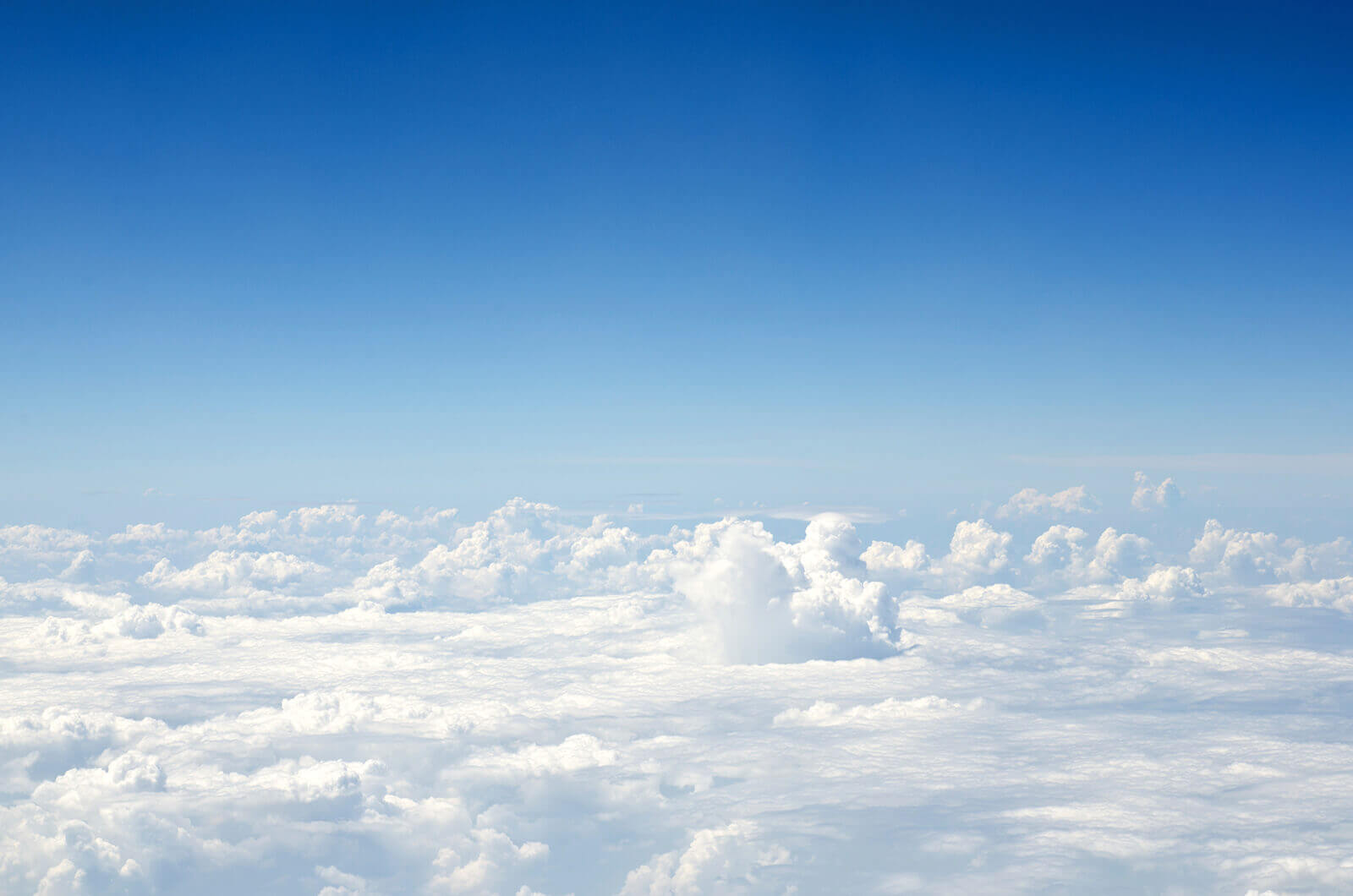
Cheap flights to Byron Bay
Find cheap flights to Byron Bay with Cheapflights
1. Tell us where you want to go
Enter your travel information like dates, passengers, trip type (one-way or round trip), and preferred cabin class then click “Find deals”2. Select your favorite providers
We find the providers serving your travel needs. Choose up to four travel providers to compare side-by-side for flights, hotels, or car rentals.3. Compare prices and book
Review each provider’s pricing and select the best option for you! Book through your favorite provider’s website for a seamless experience.Best time to book a flight to Byron Bay
Have a flexible travel schedule? Discover the best time to fly to Byron Bay with our price prediction graph.
FAQs about flying to Byron Bay
Byron Bay, Australia climate
Byron Bay’s climate is subtropical. Summers (December-February) are warm (and wetter than the winters) with temperatures that range between 68 to 82 F. Winters (June-August) are mild – the temperature ranges between 50 to 68 F. Spring and autumn are pleasant times to visit Byron Bay. Spring (September to November) temperatures hover between 58 to 77 F, while autumn (March, April and May) temperatures are in the 60 to 80 F range.
Best Time to Fly to Byron Bay, Australia
This part of Australia is a four-season destination and there isn’t really a bad time to visit Byron Bay. The weather is great year-round and there are lots and lots of cultural events. Byron Bay is popular with Northern Hemisphere visitors who will be traveling during their winter to catch some sun.
Peak Season:
There are some “peak” times such as “Schoolies week” in November and December, Christmas, New Year and Easter. June and July is when the Humpback whales make their annual migration from Antarctica to Northern Australia and they return during September and October. The East Coast Blues & Roots Festival around Easter time, the Underwater Festival in April, the Byron Bay Writers Festival in July and August, and the Byron Lighthouse Run in October are all peak times to visit.
Off Season:
The weeks following Christmas and New Year, are, in general, low season.
Getting around Byron Bay, Australia
Regardless of which airport you fly into – Ballina Byron Gateway Airport or Gold Coast Airport – there are several ways of getting to Byron Bay. There are regular shuttle services, transfers and taxi services.
Driving is by far the most popular way of getting around, although Byron Bay itself is easily walkable. Blanch’s Bus Company operates regular bus and coach services in the Northern NSW area.